Shenzhen/Hong Kong Biennale 2009
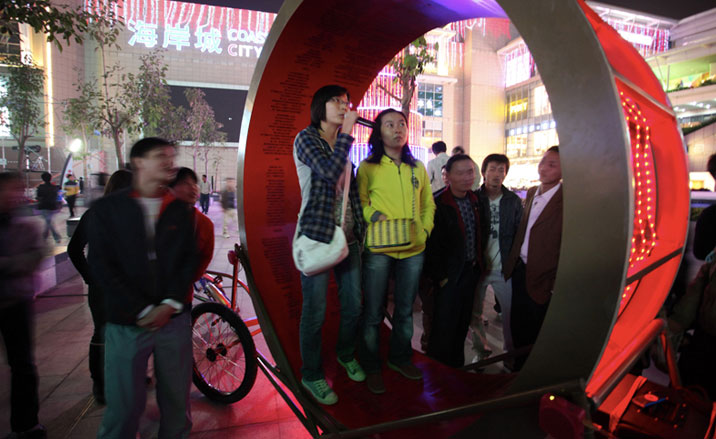
The 2009 Shenzhen & Hong Kong Bi-City Biennale of Urbanism and Architecture kicked off last weekend - the third edition of Asia’s largest architecture gathering. Having previously been curated by established Chinese architects and academics, Qingyun Ma in 2005 and Yung Ho Chang in 2003, this year’s events are orchestrated by chief-curator, editor and graphic designer Ou Ning, and his international team of curators (including Beatrice Galilee for London, Kayoko Ota for Tokyo, Wei Wei Shannon for New York, Pauline J Yao for San Francisco and Ya-Zhu Xu for Taiwan).
Meanwhile in Hong Kong chief curator Marisa Yiu heads a curatorial team of three; Curator for Arts, City Integration and Events Alan Lo, Curator for Education, Film and Media Eric Schuldenfrei and Curator for Urbanism, Architecture and Landscape Frank Yu.
Themed ‘City Mobilization’, the young event is passionate and thought-provoking, aiming to offer a refreshed version of the ‘biennale’ format, urging urban authorities, architects and planners to reconsider their role and refocus their creative energy to spark architectural change.
Set to nurture new ideas and young talent, the series of architectural festivities in Shenzhen hosts not only a number of established practices (like LOT-EK and Studio Pei-Zhu with Arup), but also a large number of emerging international firms. Practices like Austrians Feld72, UK-based Aberrant Architecture, Japanese architect Sou Fujimoto and Chinese MAD make an impact with a variety of imaginative installations and happenings.
In its Hong Kong guise - which will be up and running until the 27th Feb - the biennale follows a guideline, which also pushes the envelope. Following three strands of the general ‘Bring Your Own Biennale’ open call to students and professionals -‘Bring Your Own Bench’, ‘Bring Your Own Booth’ and ‘Bring Your Own Box’ – chief curator Yiu gives the power to the people, as the participants are invited to create and bring their contribution. The installations include a large-scale paper tube construction by celebrated Japanese architect Shigeru Ban at the main biennale pavilion.
Hosted in various locations around the Hong Kong waterfront and the young city of Shenzhen, the bi-city biennale highlights include installations by Chinese and International participating architects; a retrospective of iconic Chinese architect Xia Changshi; an architectural film festival; and the Odyssey literature project, bringing together famous contemporary buildings and words by celebrated Chinese writers.
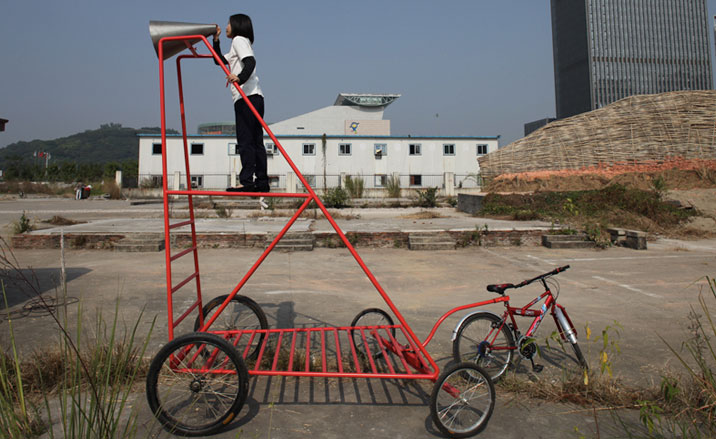
Public trailer, by Feld72. Shenhzen Biennale.
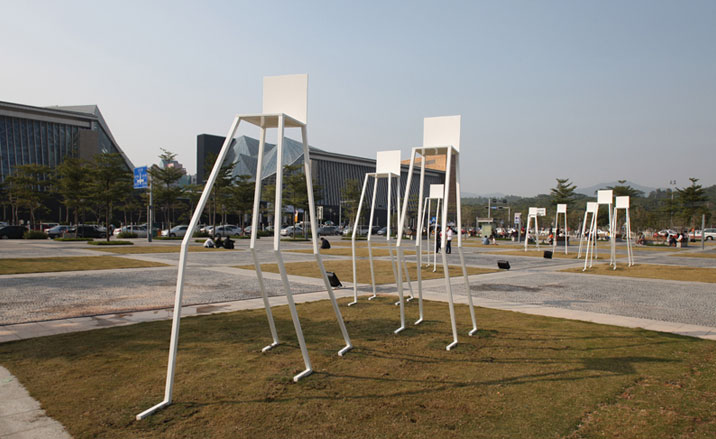
Walking chairs, by Sou Fujimoto. Shenhzen Biennale.
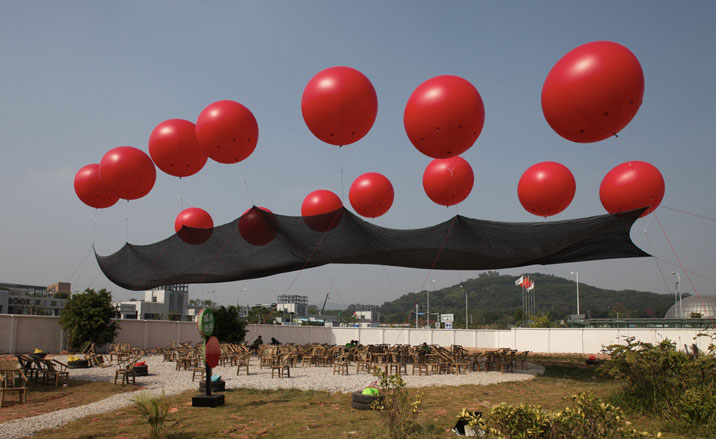
With the Wind 2009, by Liu Jiakun in the North-East Square of Civic Center. Shenhzen Biennale.
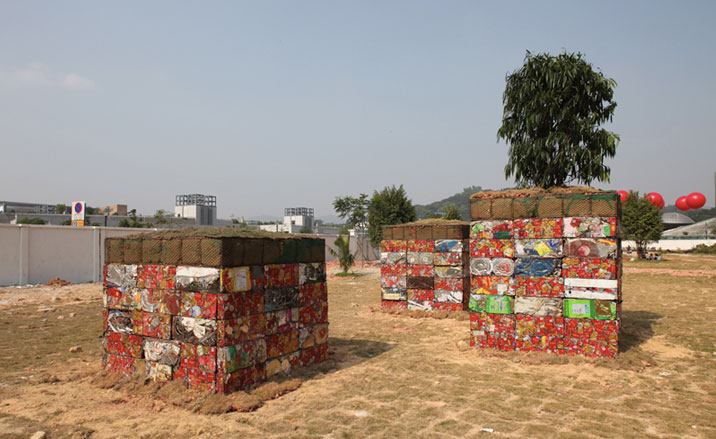
Lot-Us Probes by LOT-EK. Shenhzen Biennale.
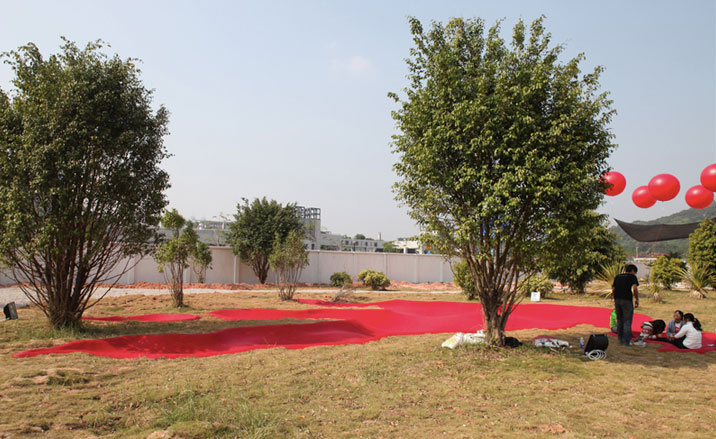
Footprints in the Square, by MAD. Shenhzen Biennale.
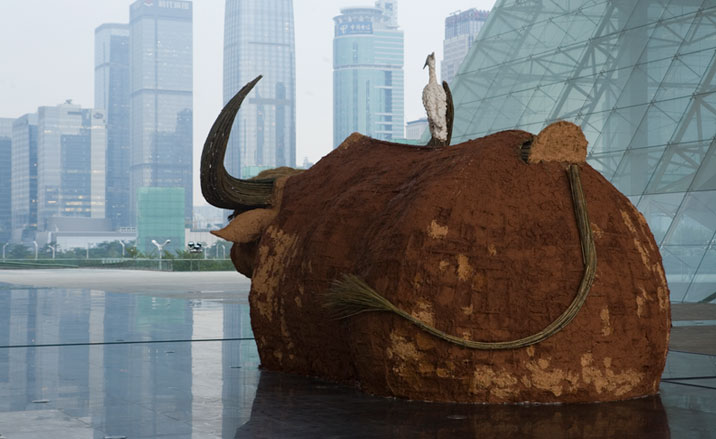
Snow Bull Station, by Rigo 23. Shenhzen Biennale.
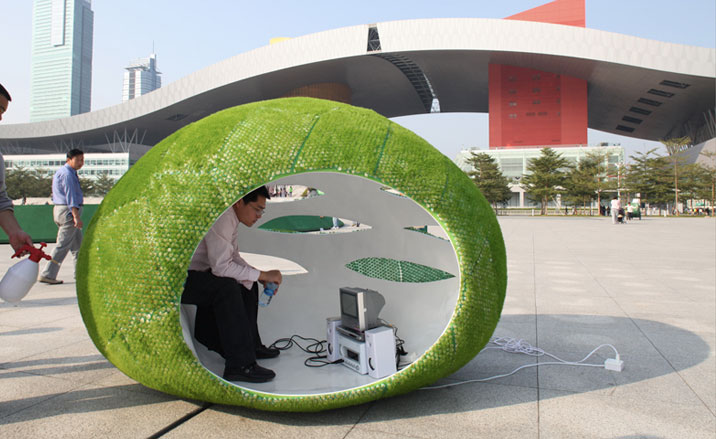
Eggs of the City, by Standard Architecture. Shenhzen Biennale.
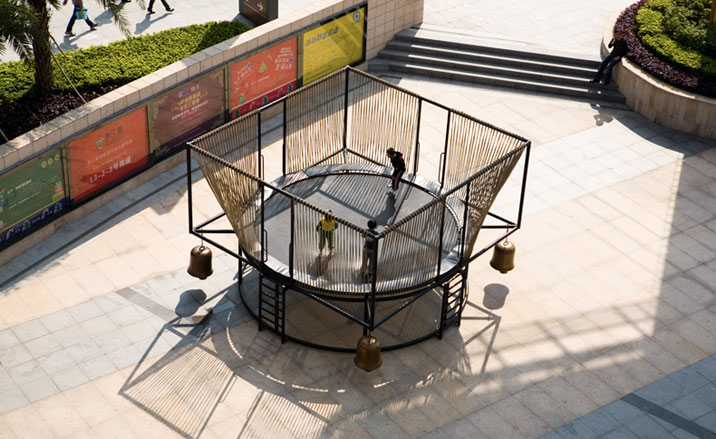
Danser la Musique by Chen Zhen. Shenhzen Biennale.
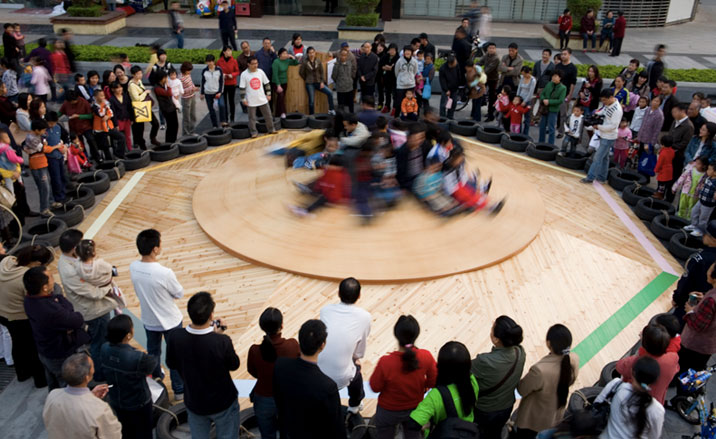
People’s Roulette by Futurefarmers. Shenhzen Biennale.
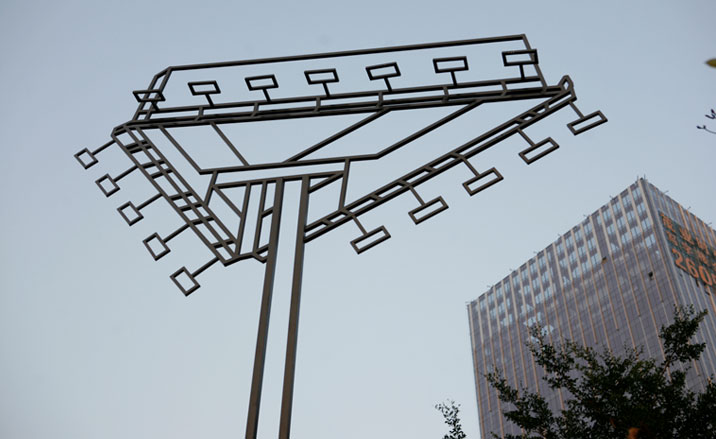
Billboard by Mathieu Borysevicz and James Brearley. Shenhzen Biennale.
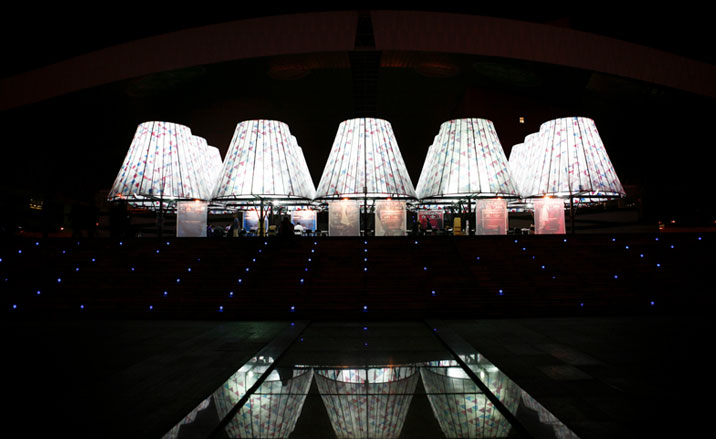
Medular pavilion by Maurer United Architects. Shenhzen Biennale.
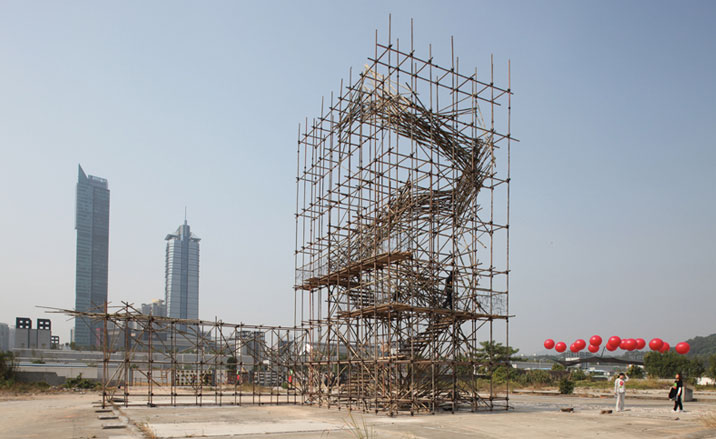
Curtain walls by sciSKEW Collaborative. Shenhzen Biennale.
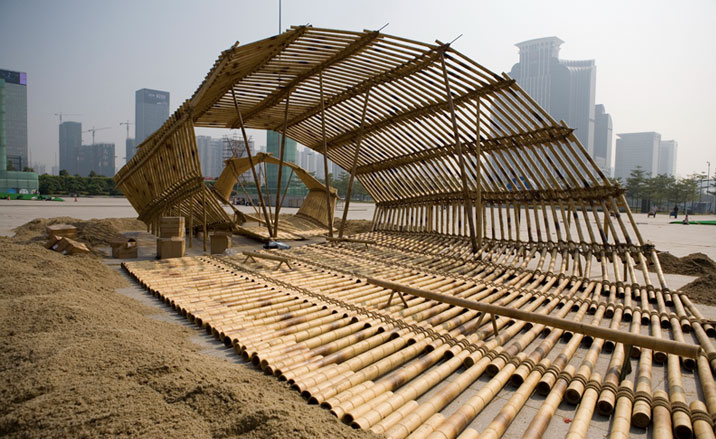
Urban oasis by Studio Pei-Zhu. Shenhzen Biennale.

Bug dome 3, by Weak! Architects. Shenhzen Biennale.
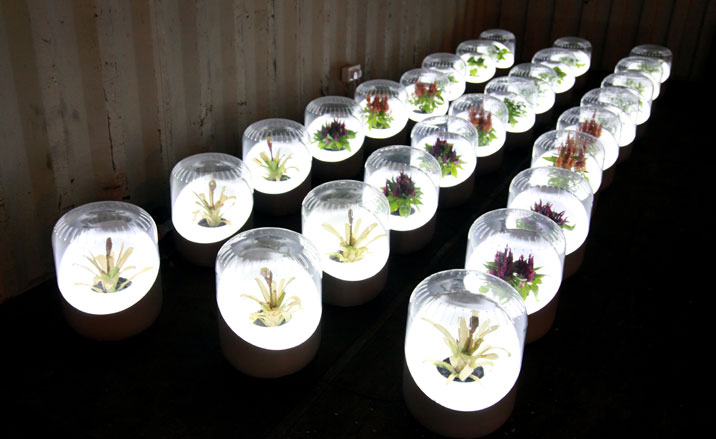
Andrea, by Mathieu Lehanneur + David Edwards [LABOGROUP]. Hong Kong Biennale.
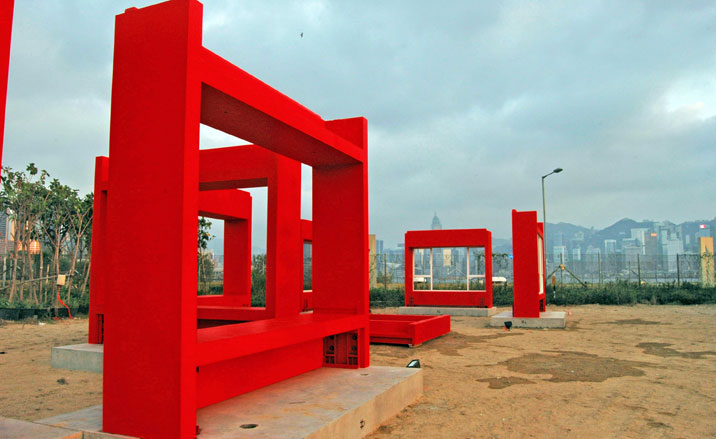
The Projecting Window, by Sophia Cheuk Lam Ip, Haynie Wing Yee Sze, Edith Pui Yee Li, and Eva Yiu Wah Chan. Hong Kong Biennale.
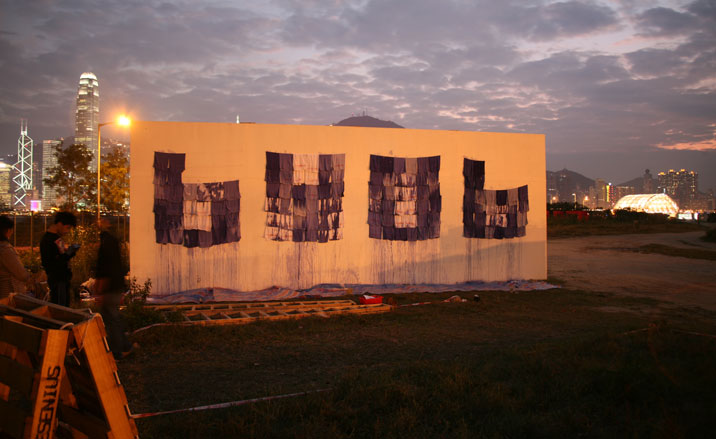
Slow drip, by Big Mad. Hong Kong Biennale.
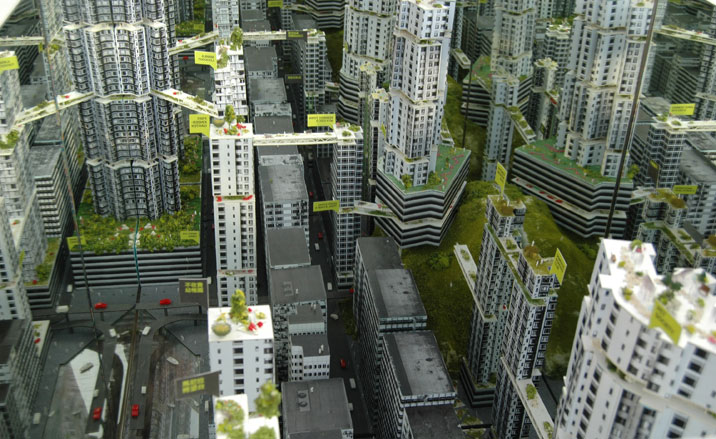
Tetra Phobia, by RAD. Hong Kong Biennale.
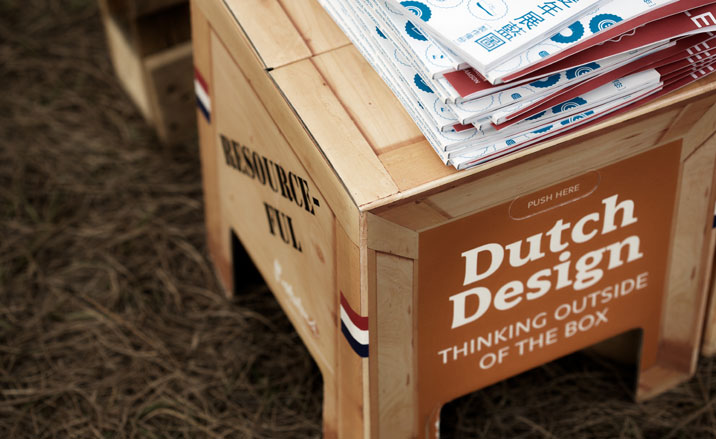
Dutch Design Chair, by Five Spices. Hong Kong Biennale.
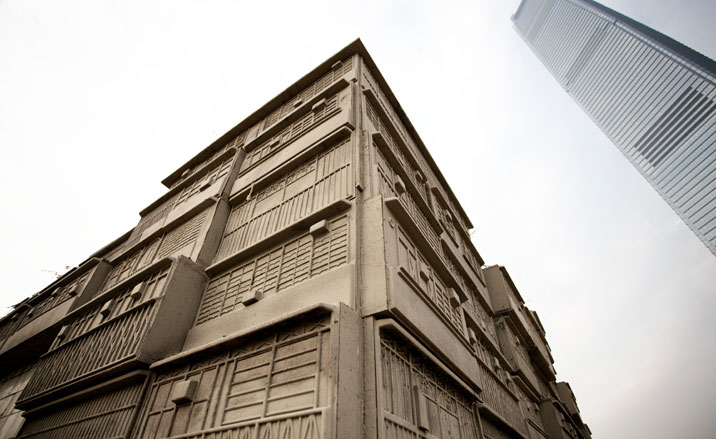
West Kowloon Walled City, by Douglas Young. Hong Kong Biennale.
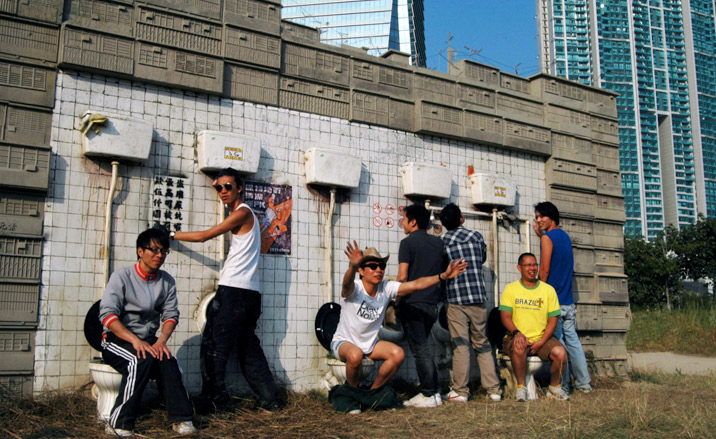
West Kowloon Walled City, by Douglas Young. Hong Kong Biennale.
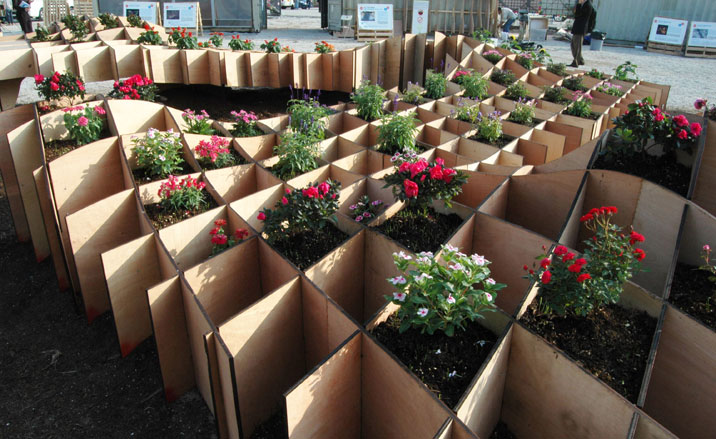
FarmScape, by UMAMI-UTILITIES and CL3. Hong Kong Biennale.
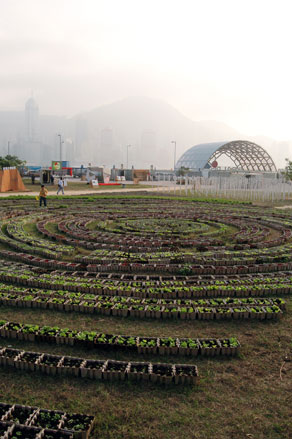
Eco Farm - Green Pixel, by Meta4 Design Forum, Pad Chu of The Organic Farm, in collaboration with Biennale Team and The Hong Kong Federation of Youth Groups. Hong Kong Biennale.
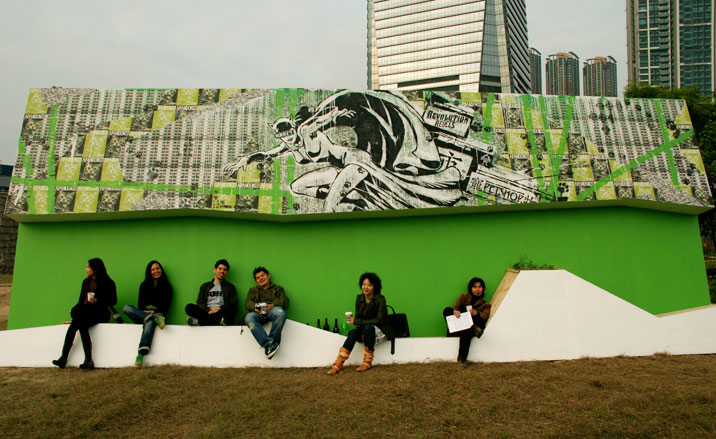
Hole in the Wall - A Slice of Public Space, by Jody Marie Bielun and Pablo Leppe. Hong Kong Biennale.
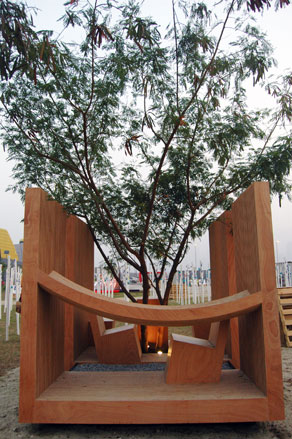
Live Nature, by Ida Sze and Billy Chan. Hong Kong Biennale.
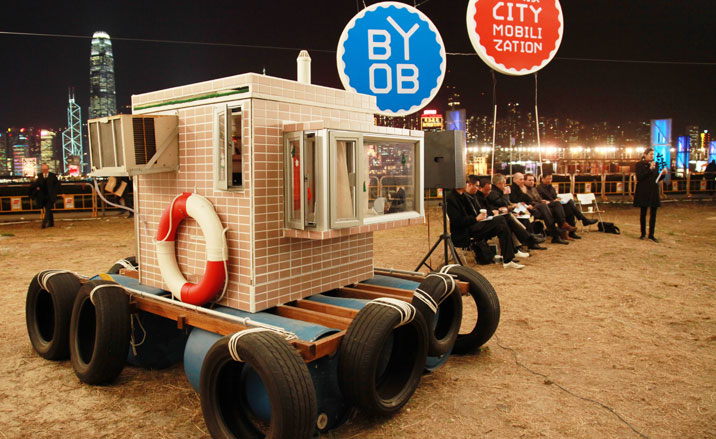
Paddling Home, by Kacey Wong. Hong Kong Biennale.
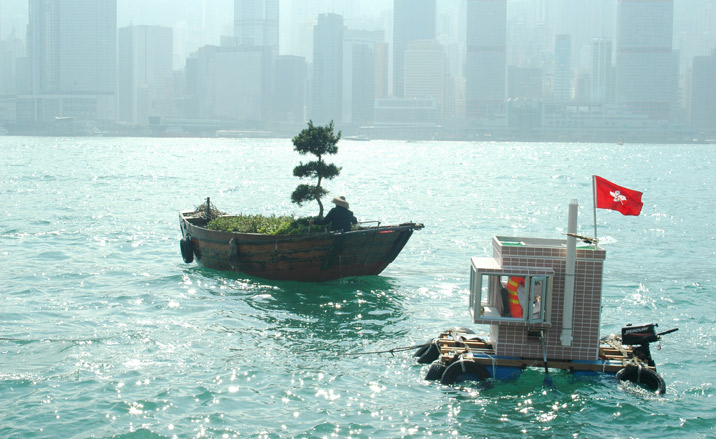
The two Wongs going to sea. Hong Kong Biennale
Wallpaper* Newsletter
Receive our daily digest of inspiration, escapism and design stories from around the world direct to your inbox.
Ellie Stathaki is the Architecture & Environment Director at Wallpaper*. She trained as an architect at the Aristotle University of Thessaloniki in Greece and studied architectural history at the Bartlett in London. Now an established journalist, she has been a member of the Wallpaper* team since 2006, visiting buildings across the globe and interviewing leading architects such as Tadao Ando and Rem Koolhaas. Ellie has also taken part in judging panels, moderated events, curated shows and contributed in books, such as The Contemporary House (Thames & Hudson, 2018), Glenn Sestig Architecture Diary (2020) and House London (2022).
-
 The Subaru Forester is the definition of unpretentious automotive design
The Subaru Forester is the definition of unpretentious automotive designIt’s not exactly king of the crossovers, but the Subaru Forester e-Boxer is reliable, practical and great for keeping a low profile
By Jonathan Bell
-
 Sotheby’s is auctioning a rare Frank Lloyd Wright lamp – and it could fetch $5 million
Sotheby’s is auctioning a rare Frank Lloyd Wright lamp – and it could fetch $5 millionThe architect's ‘Double-Pedestal’ lamp, which was designed for the Dana House in 1903, is hitting the auction block 13 May at Sotheby's.
By Anna Solomon
-
 Naoto Fukasawa sparks children’s imaginations with play sculptures
Naoto Fukasawa sparks children’s imaginations with play sculpturesThe Japanese designer creates an intuitive series of bold play sculptures, designed to spark children’s desire to play without thinking
By Danielle Demetriou
-
 Architect Sou Fujimoto explains how the ‘idea of the forest’ is central to everything
Architect Sou Fujimoto explains how the ‘idea of the forest’ is central to everythingSou Fujimoto has been masterminding the upcoming Expo 2025 Osaka for the past five years, as the site’s design producer. To mark the 2025 Wallpaper* Design Awards, the Japanese architect talks to us about 2024, the year ahead, and materiality, nature, diversity and technological advances
By Sou Fujimoto
-
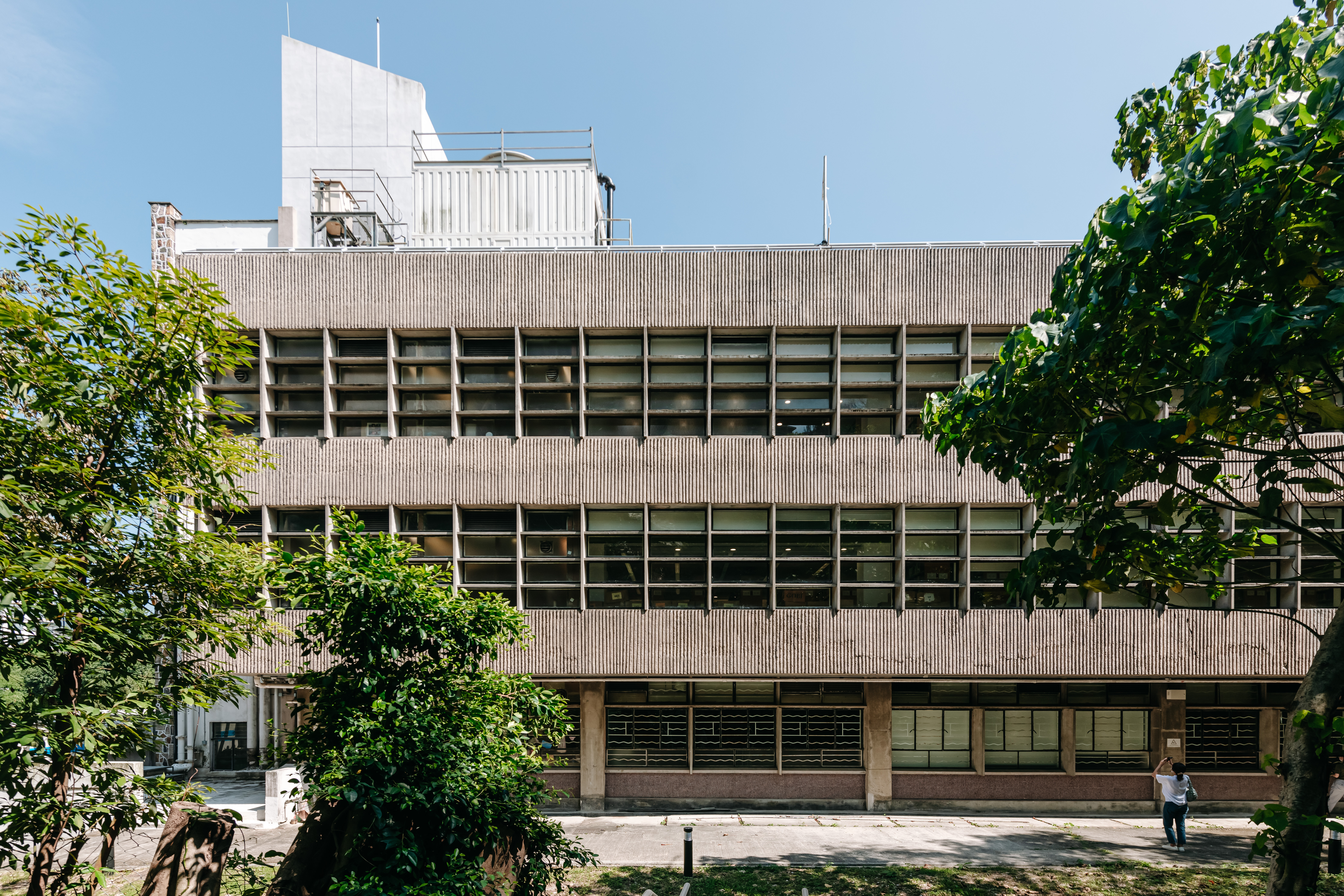 Hong Kong brutalism explored: tour the island with this new architectural map
Hong Kong brutalism explored: tour the island with this new architectural mapHong Kong brutalism is brought into sharp focus through the launch of Brutalist Hong Kong Map, the latest of its kind in publisher Blue Crow Media’s 20th-century architecture series
By Yoko Choy
-
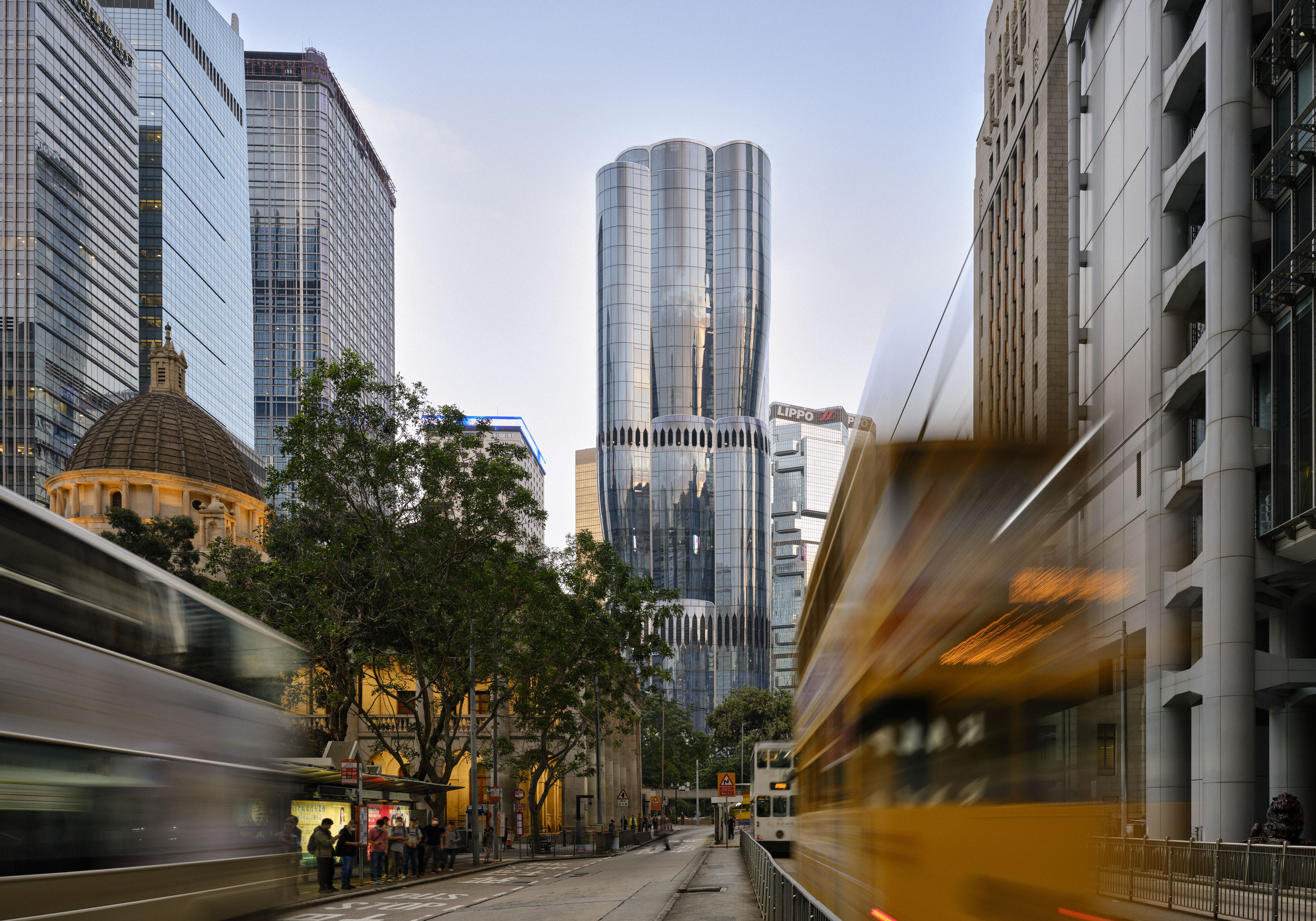 The Henderson by ZHA in Hong Kong makes everyone sit up and pay attention
The Henderson by ZHA in Hong Kong makes everyone sit up and pay attentionThe Henderson, ZHA's new high-rise in Hong Kong, stands out in its coveted address through its unusual, fluted façade of glass columns
By Daven Wu
-
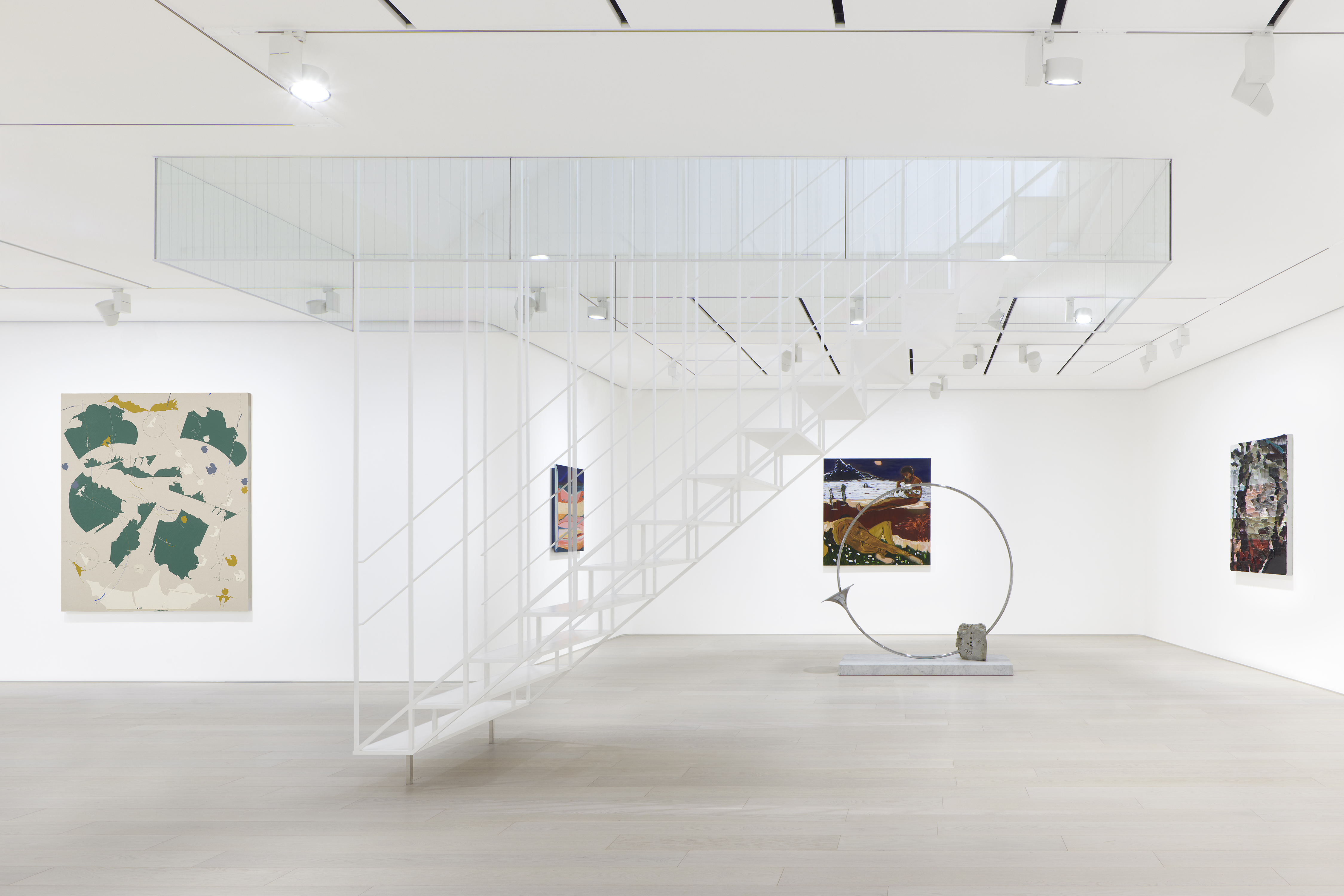 Pace Tokyo is a flowing Sou Fujimoto experience that ‘guides visitors through the space’
Pace Tokyo is a flowing Sou Fujimoto experience that ‘guides visitors through the space’Art gallery Pace Tokyo, designed by Sou Fujimoto in a Studio Heatherwick development, opens in the Japanese capital
By Danielle Demetriou
-
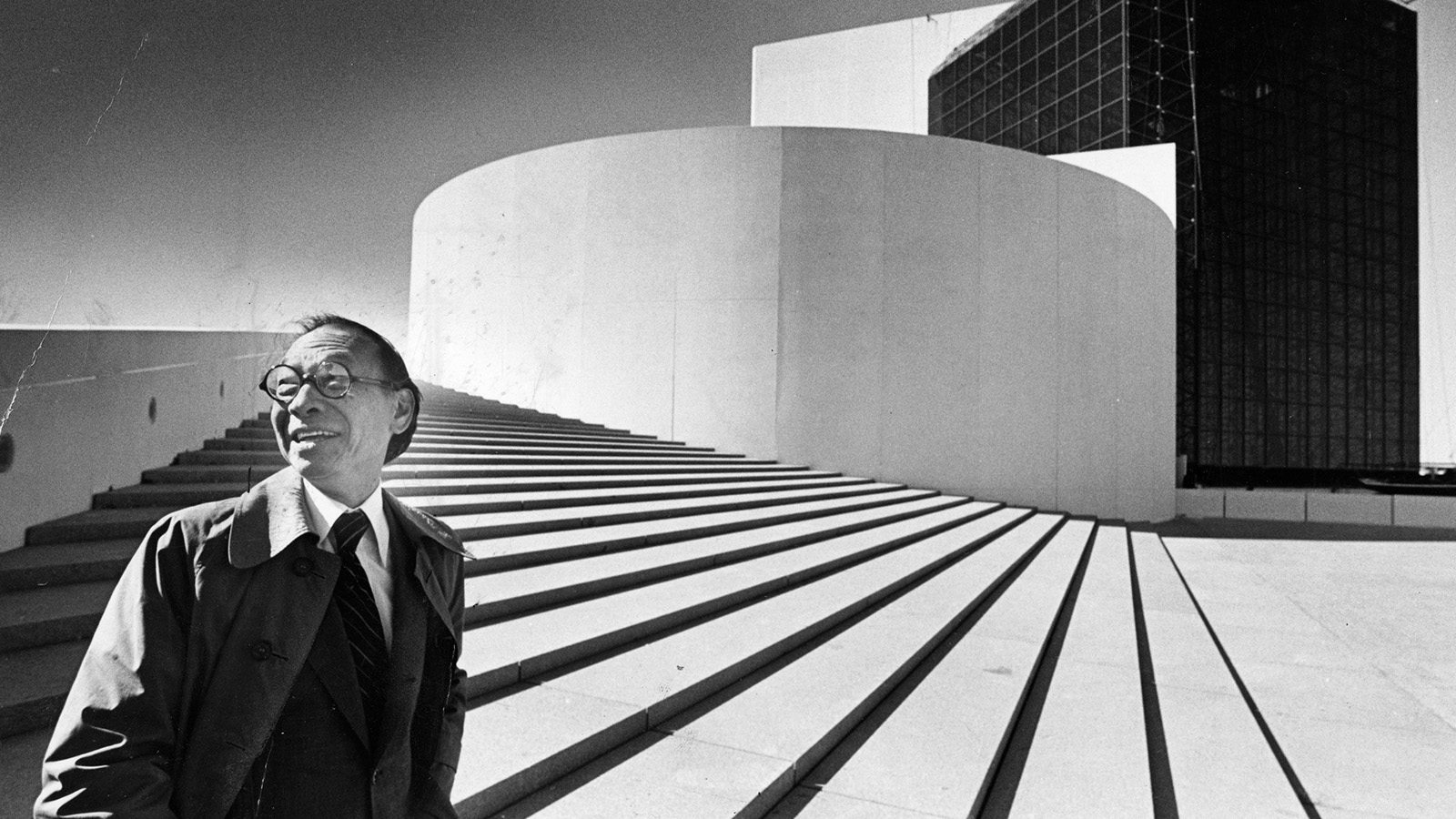 'Famous but understudied': IM Pei exhibition at M+ in Hong Kong is a deep dive into the architect's legacy
'Famous but understudied': IM Pei exhibition at M+ in Hong Kong is a deep dive into the architect's legacy'IM Pei: Life is Architecture' is an exhibition celebrating the global icon; and it's just opened at M+ in Hong Kong
By Ijeoma Ndukwe
-
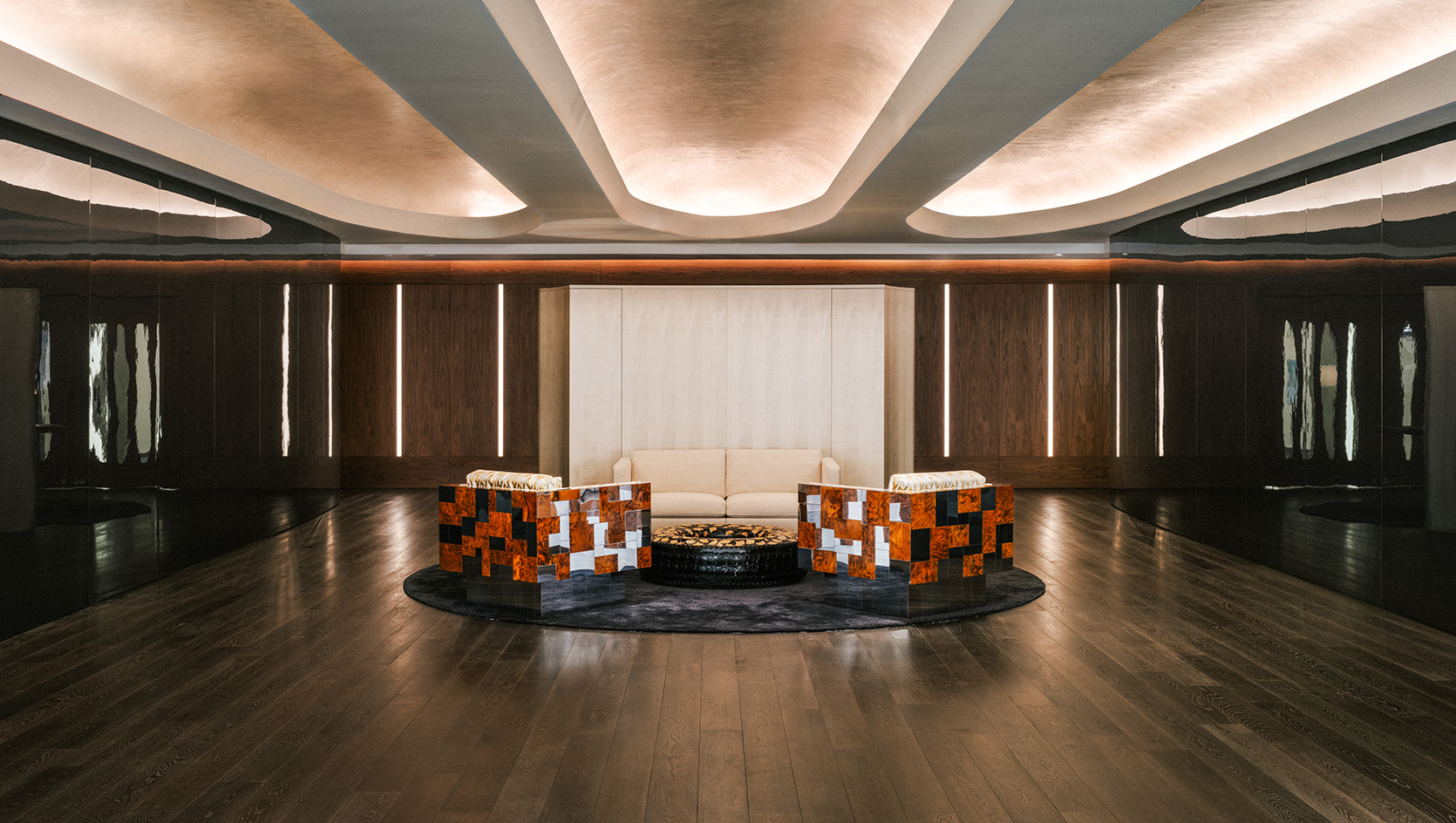 A Hong Kong HQ by Brewin Design Office draws on its modernist building’s nature
A Hong Kong HQ by Brewin Design Office draws on its modernist building’s natureA modernist-inspired office interior in Hong Kong by Brewin Design Office draws on its building’s 1980s Harry Siedler architecture
By Daven Wu
-
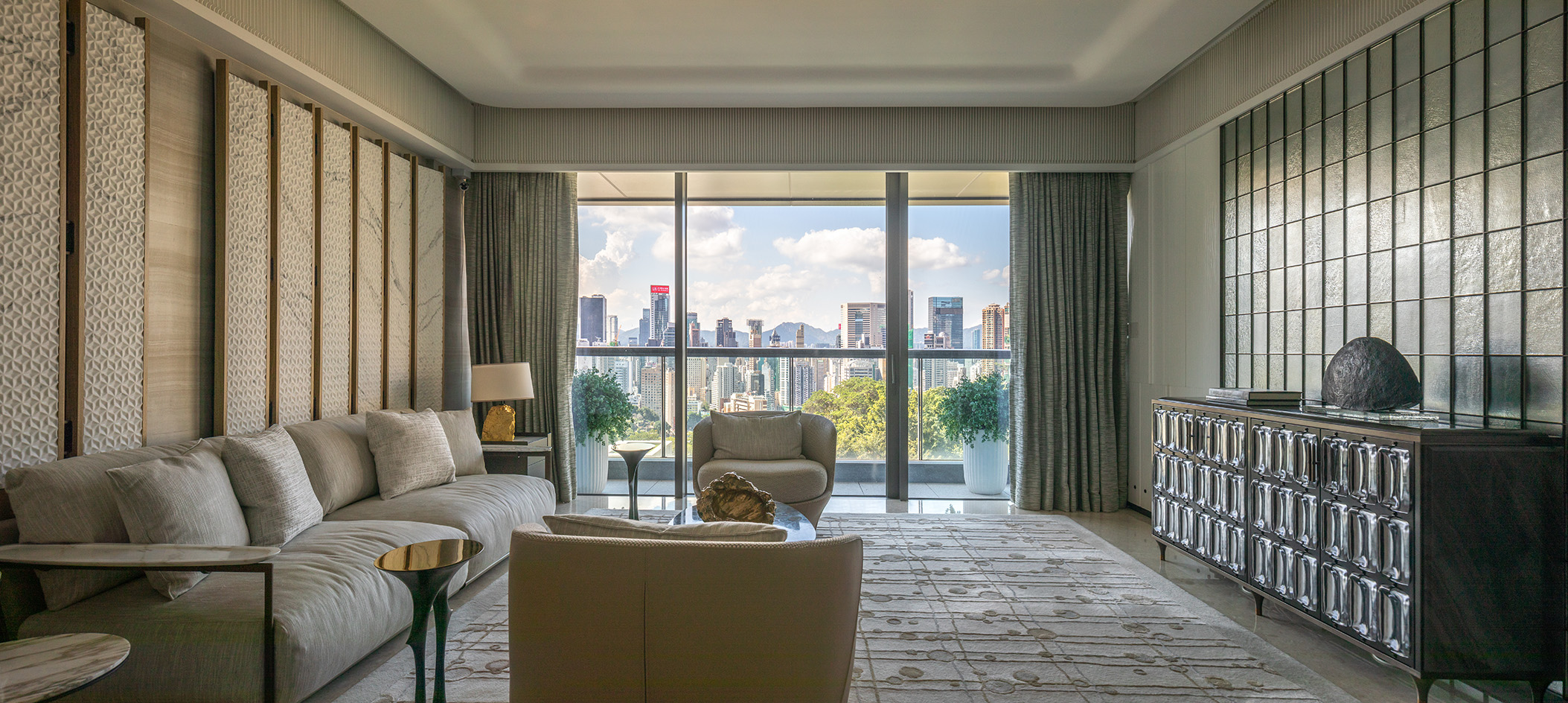 La Maison Blanche is a Hong Kong apartment elevated through bespoke luxury interiors
La Maison Blanche is a Hong Kong apartment elevated through bespoke luxury interiorsLa Maison Blanche by Cream is a Hong Kong apartment with an emphasis on period-inspired, layered decor and long city views
By Ellie Stathaki
-
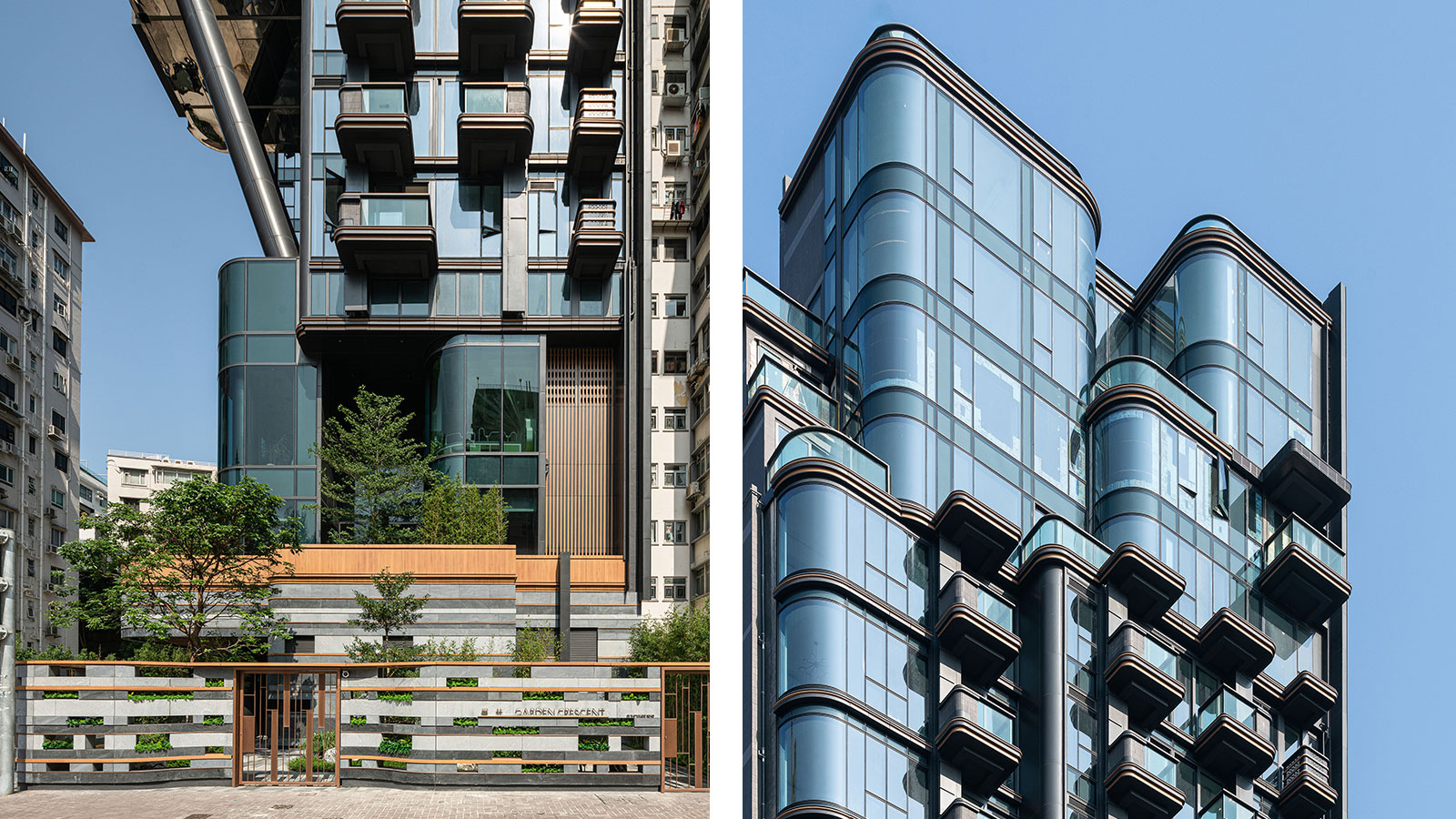 Garden Crescent brings biophilic design to a dense Hong Kong neighbourhood
Garden Crescent brings biophilic design to a dense Hong Kong neighbourhoodGarden Crescent by Ronald Lu & Partners brings a haven of green in its high-density Hong Kong neighbourhood
By Ellie Stathaki